If you’re looking to live abroad in retirement or for a change of lifestyle, you’re perhaps considering Italy as a place to try out. It’s certainly one of the most popular destinations for Americans to move to. With its incredible food and fairy tale beauty, you may think living in such an amazing country would be out of your budget. However, what you can afford may surprise you.
In this article, we’ll explore the best places to live in Italy on a $3,000 budget. For the monthly cost of living, you should expect one-third of your budget to go towards apartment costs. The average two-bedroom apartment for a couple, in that case, will be just under $1,000.
We’ve analyzed many cities and towns and found that this amount really opens up a lot of unique places with the highest quality of life you can find in Italy. $3,000 per month can be considered a generous budget in Italy.
Here are our best recommendations for places where two people can live in Italy comfortably under $3,000:
5. Trento, Trentino-South Tyrol
- Population: 118,900
- Average two-bedroom apartment: $980
- Average monthly cost of living: $2,940
Trento is the most northern city on our list, close to the Austrian and Swiss borders, in the mountainous region of Trentino-South Tyrol, also known as Trentino-Alto-Adige. The picturesque Medieval and Renaissance city center has architectural highlights like the Trento Cathedral and Castello del Buonconsiglio and features incredible views of snow-capped mountains all year round.
Trento province ranked 5th in quality of life and is a great town for people who love a quiet, outdoorsy life. The university also ranked high among “medium-sized universities” and has a strong presence in the Information Technology and Computer Science field.
The city is known for its creative and innovative spirits. Generally, it prioritizes environmentally friendly and active living, with smooth bike lanes, swimming pool centers, and well-kept green spaces.
What’s best is Trento’s proximity to so many different outdoor activities. The city sits at the foot of the Alps and provides easy access to tons of national parks. You can find hiking and mountain biking opportunities in the summer and many ski slopes in the winter. During especially hot days, you can visit lakes and spa resorts like Levico or Tione.
In general, the city’s buses are surprisingly efficient, and they actually show up on time. The same can be said about the train system here, too. Though the city is a bit out there on its own, the nearest “bigger” city of Verona is around an hour away, and places like Venice or Milan are two to three.
If outdoor sports don’t appeal to you, then Trento is definitely not the place for you. Plus, shops close early and often on random days, which can be frustrating if you need to get something done at a specific time.
4. Parma, Emilia-Romagna
- Population: 335,000
- Average two-bedroom apartment: $960
- Average monthly cost of living: $2,880
In the northern part of Italy, Parma sits between the Po Valley and the foothills of the Apennine range. The city is conveniently located almost exactly in between the more popular cities of Florence, less than two hours away by train, and Milan, around an hour and a half away. Settling here means the most popular destinations around Italy are easy day trips.
Located in the popular region of Emilia-Romagna, the city is packed with green spaces, museums, and performing arts venues. In fact, Parma is one of the most famous cities in the Opera world, with Teatro Regio a great venue for seeing a sow. Its historic center is full of well-preserved pastel buildings, Renaissance palaces, and beautiful piazzas. What’s more is the city is easy to get around on bike and by foot because it’s relatively flat.
But Parma is probably best known as the country’s culinary capital, sharing a name with Italy’s most famous cheese, parmigiano. Cheese is usually served on large plates, served as an appetizer, and paired with Parma ham. The city is also famous for its porcini mushrooms, truffles, and hand-made pastas.
Perhaps as a downside, though Parma isn’t as visited as the cities mentioned earlier, it gets packed with tourists, especially during the spring and summer months. Despite this, tourism and the city’s large university mean there is plenty of potential for job seekers.
3. Sanremo, Liguria
- Population: 55,000
- Average two-bedroom apartment: $1,020
- Average monthly cost of living: $3,060
Situated on the coast of the Ligurian Sea, approximately 62 kilometers from the French border, Sanremo is a gem of the “Italian Riviera.” This popular beach destination graces the Mediterranean coastline, in the beautiful region of Liguria, bordering both France and Tuscany.
The city is well-connected, with a major train station that offers convenient access to Genoa, the largest Italian city in the area, in about two hours and to Nice, France, in less than two hours.
One of Sanremo’s biggest positives is its climate: mild winters and cool summers. This climate provides a great environment for botanists, which has earned the city the endearing nickname of the “city of flowers.”
The city is also famous for the Sanremo Music Festival (Festival della Canzone Italiana di Sanremo), a renowned song contest festival that has propelled the careers of some of Italy’s most beloved musicians.
For nature enthusiasts, Villa Ormond Park offers a sprawling green space for leisurely daily walks, while the Sanremo bike path (Pista Ciclabile della Riviera dei Fiori) provides an opportunity to explore the stunning Ligurian coast, stretching from San Lorenzo al Mare to Ospedaletti. The bike-only trail has 15 miles of panoramic views of the coastline, quaint villages, and vibrant springtime blooms.
For those interested in local flavors and products, the Mercato Annonario is the place to be, open Monday through Saturday in the mornings and early afternoons, where shoppers can find fresh local produce and regional specialties such as pesto and mini sardenaira, a tomato-heavy pizza.
While Sanremo’s allure is undeniable, living in this coveted “Riviera” location comes at a cost, with the average price for a two-bedroom apartment topping the list at $1,020. However, the city’s unparalleled beauty and proximity to numerous impressive attractions make it a rare find even at this price.
2. Siena, Tuscany
- Population: 53,500
- Average two-bedroom apartment: $1,010
- Average monthly cost of living: $3,030
Off the beaten path in the green Tuscan hills, Siena is at the center of this popular region. This city located in the most popular region of Italy, Tuscany, is a classic medieval town with cobblestone streets, narrow paths, a huge central piazza, and a large church. Interestingly, the Duomo di Siena was supposed to be expanded further, making it bigger than its neighboring rival, Florence.
The city may have replaced Florence as the cultural center of Italy if not for the bubonic plague, which whipped out 30 to 50 percent of the city’s population. The people of Siena took this as a sign that their hubris was overtaking their religious zeal. You can still see this humble nature in the locals today, with many feeling the city is friendly and welcoming to outsiders.
In fact, the University of Rome La Sapienza ranked Siena in the top 10 Italian cities for quality of life, rating higher than Milan and Rome. This was measured on tons of factors like work, environment, education, crime, leisure, and social security.
You may be surprised at just how busy the city gets, which may be a pro or con, depending on your tastes. Weekends are especially bustling, from high-school groups visiting the historical towns to foreigners wanting to get a peek at the decapitated head of St. Catherine portrayed in the Basilica of San Domenico.
Peak business happens during the Pailo di Siena, two horse races that happen on July 2nd and August 16th. Siena’s seventeen neighborhoods, which you can see represented with their colorful flags posted down the streets, enter a horse and rider in each event.
Supporters pack into the center of the piazza, cheering on their neighborhood entry, as the horses and their bare-back riders circle the piazza three times. The winner and his supporters parade to the cathedral, whereh they are awarded the Palio, a banner of the Virgin Mary, and bragging rights.
Despite the city’s business, it’s still less visited than nearby Florence or the Amalfi Coast. The city provides Old World charm with an upscale lifestyle and may be a great place to settle if you’re a spry retiree (though it is very hilly, so not suited for people who have trouble walking).
One major downside to Siena, other than its steep, hilly roads, is that it’s not too well connected with the rest of Italy. You have to take a train from Florence to get to the city from most directions, despite it not being the most “direct” route. However, you can take Flixbus or Italbus to most major cities nationwide.
1. Padova, Veneto
- Population: 695,000
- Average two-bedroom apartment: $960
- Average monthly cost of living: $2,280
Centrally located in the north of Italy in the Veneto region, Padova (or Padua in English) is one of the oldest cities in Italy, even predating Rome. The city’s location means it’s a quick train ride to Venice, Milan, or Florence.
Home to the University of Padua, one of Italy’s oldest and most prestigious colleges, the city has a youthful atmosphere, with a student population exceeding 70,000, 2,200 teaching staff, and 2,400 technical administrators. Whether you’re a student, educator, or just living in the city, the university brings in plenty of jobs and social events.
For your everyday living, Padua offers tons of markets that sell groceries and street foods. Piazza delle Erbe and Piazza delle Frutta have hundreds of stands offering local produce, fresh-baked pastries, clothing, and accessories. Sotto il Salone, a market over 800 years old, acts as an ancient city mall, where you can get your grocery shopping done plus dine on a quick and tasty meal.
On top of this, there are tons of markets going on throughout the city, from art to large thrift stores. The city also has two appearances on the UNESCO World Heritage List, for its 14th-century frescoes painted on different buildings throughout the city and its Botanical Gardens. The city is an interesting network of arcaded streets, has a convenient tram and buses, and is easy to get around without a car.
Four outdoor adventurers, Euganean Hills, just a few miles away from the town. The regional park offers incredible hiking trails, camping spots, and year-round outdoor activities. Plus, the city itself features many green spaces for daily dog walks or picnics.
Despite the prevalence of English instruction in schools and universities, the one major downside for expats is the lack of English speaking. The city’s older population doesn’t speak the language, which can make life difficult. Some daily activities like grocery shopping, banking, and navigating bureaucratic processes may be harder than necessary.
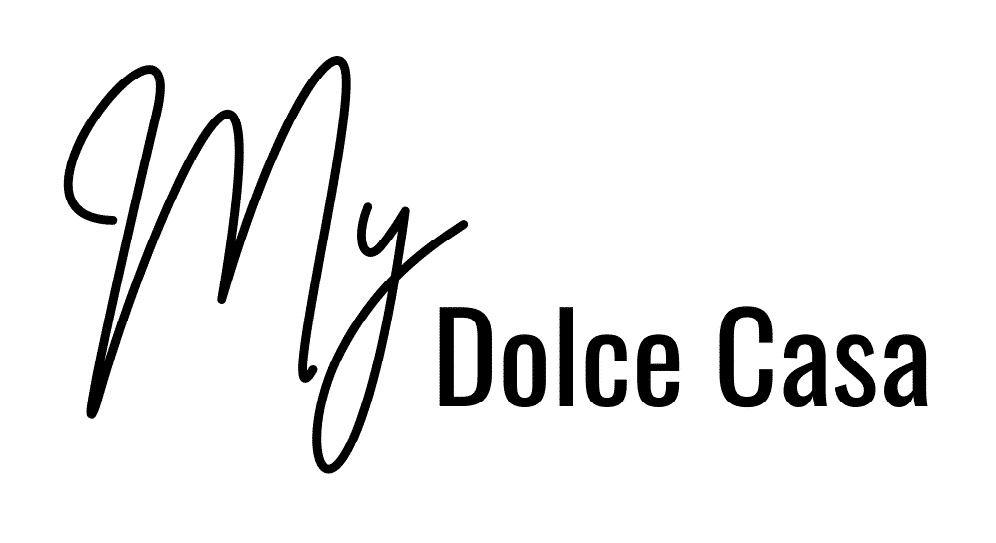
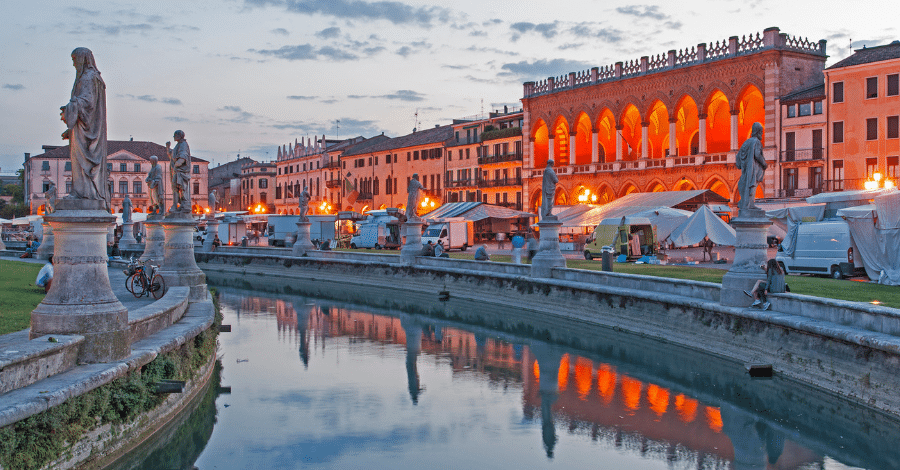
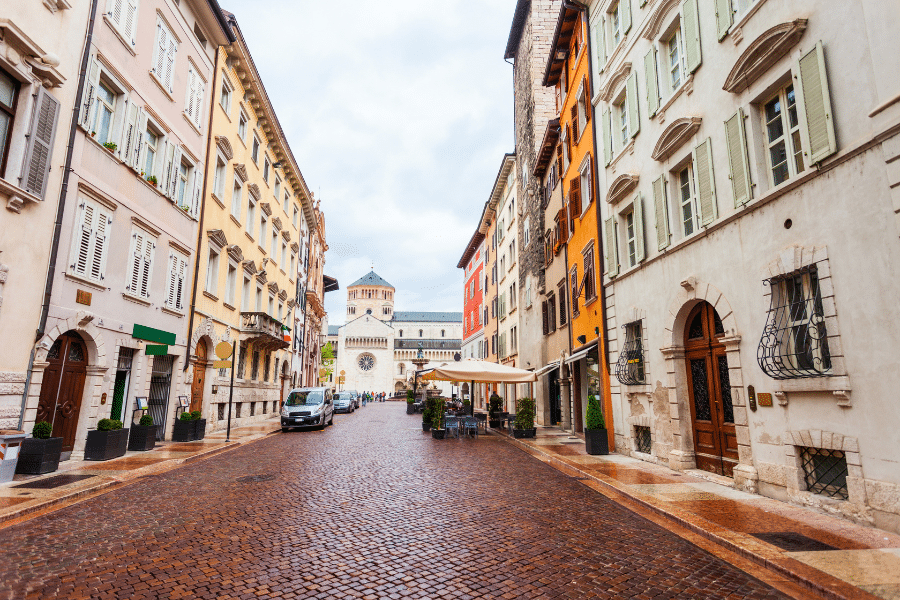
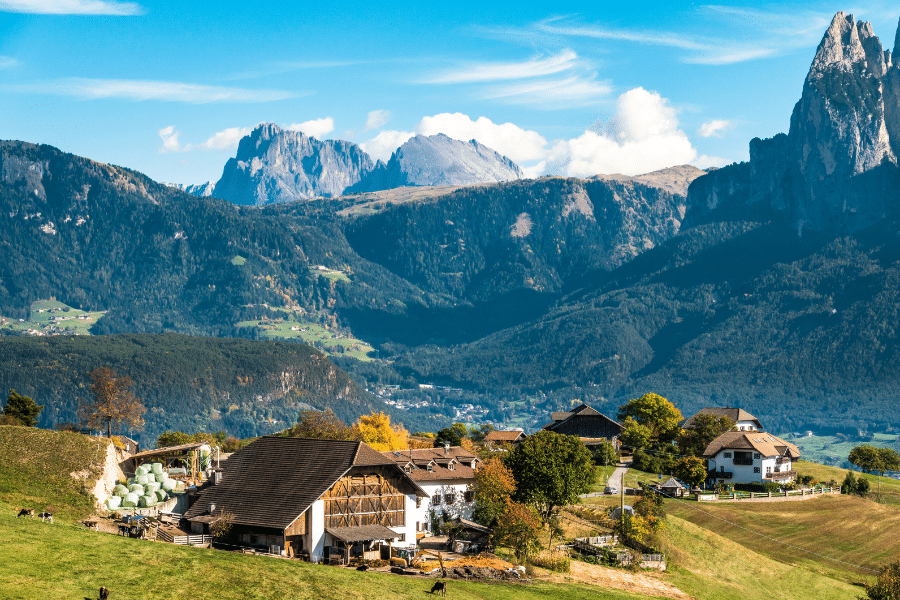
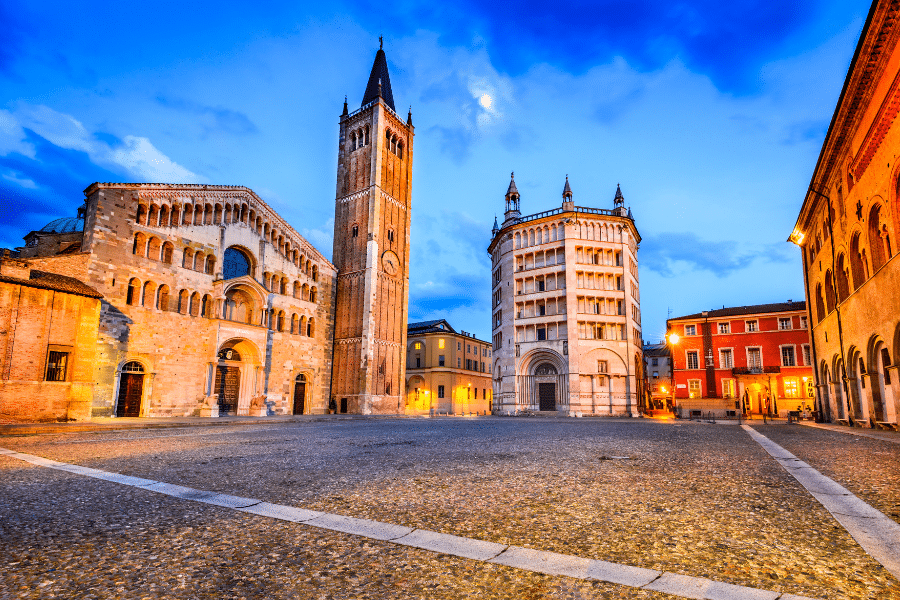

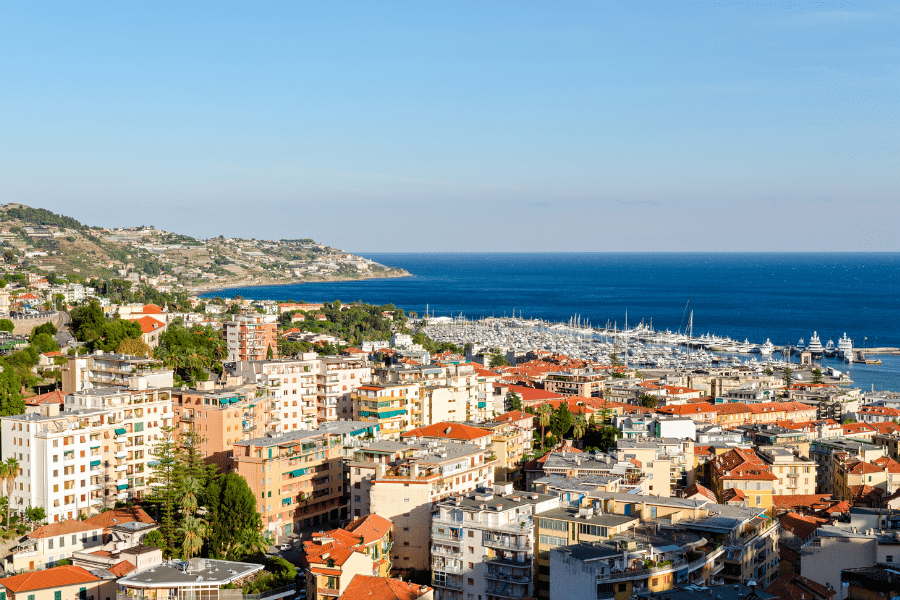
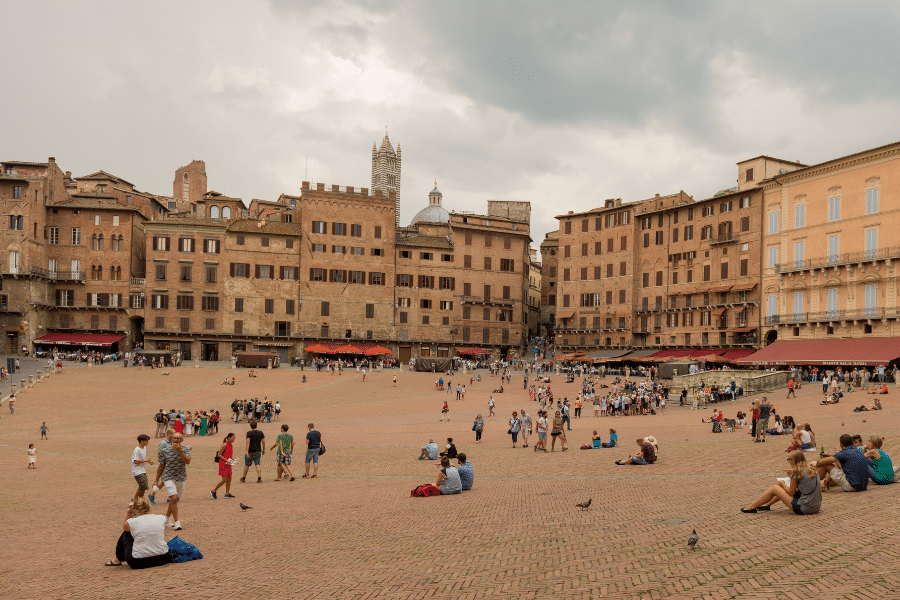
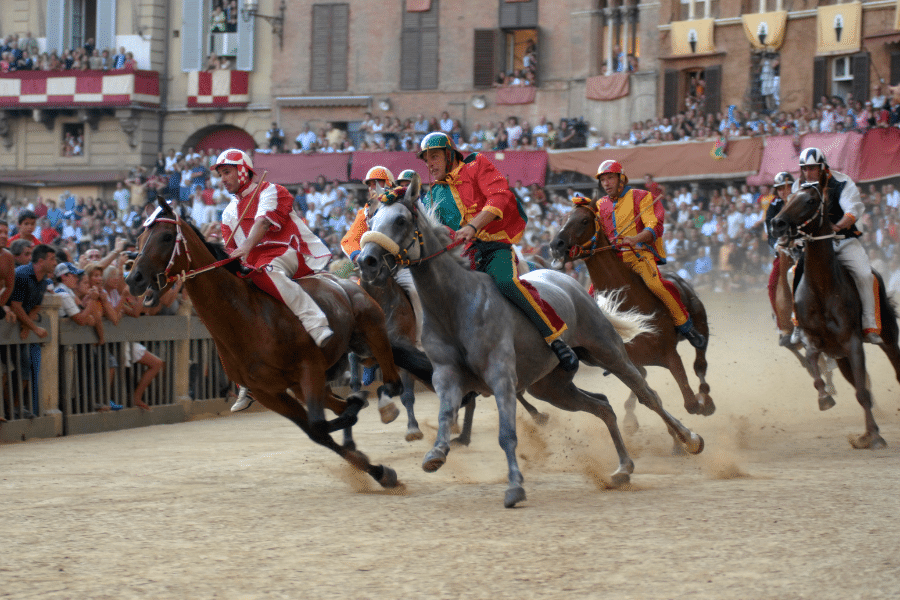
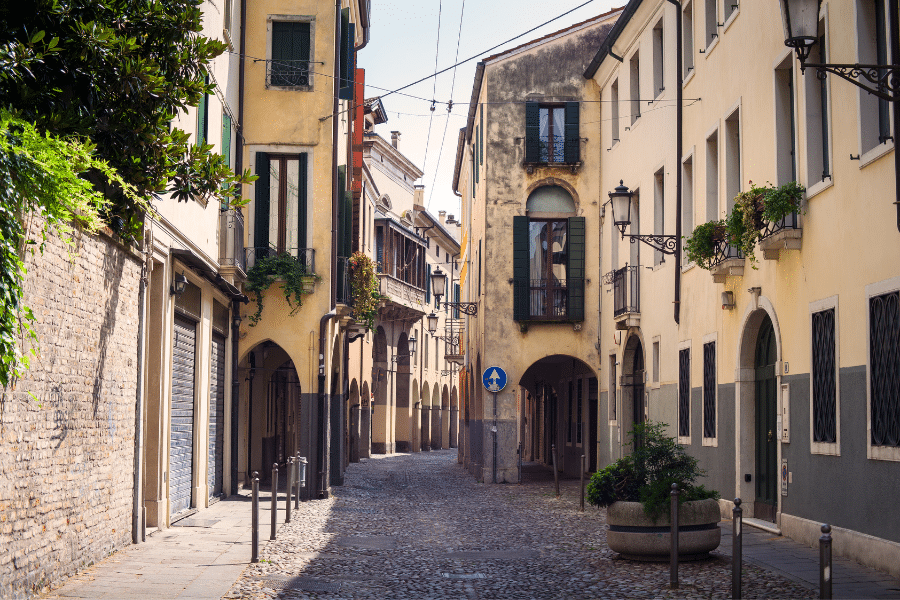
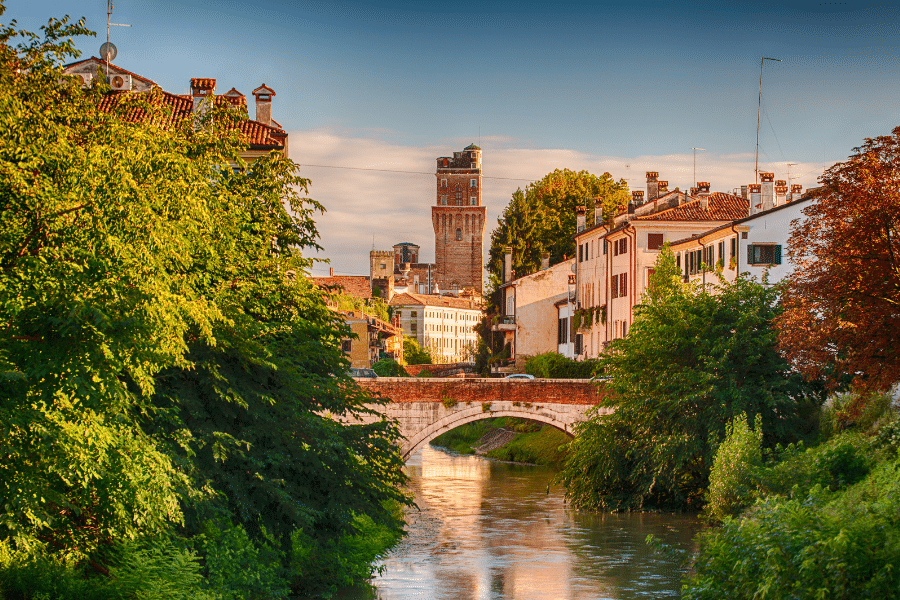
Leave a Comment